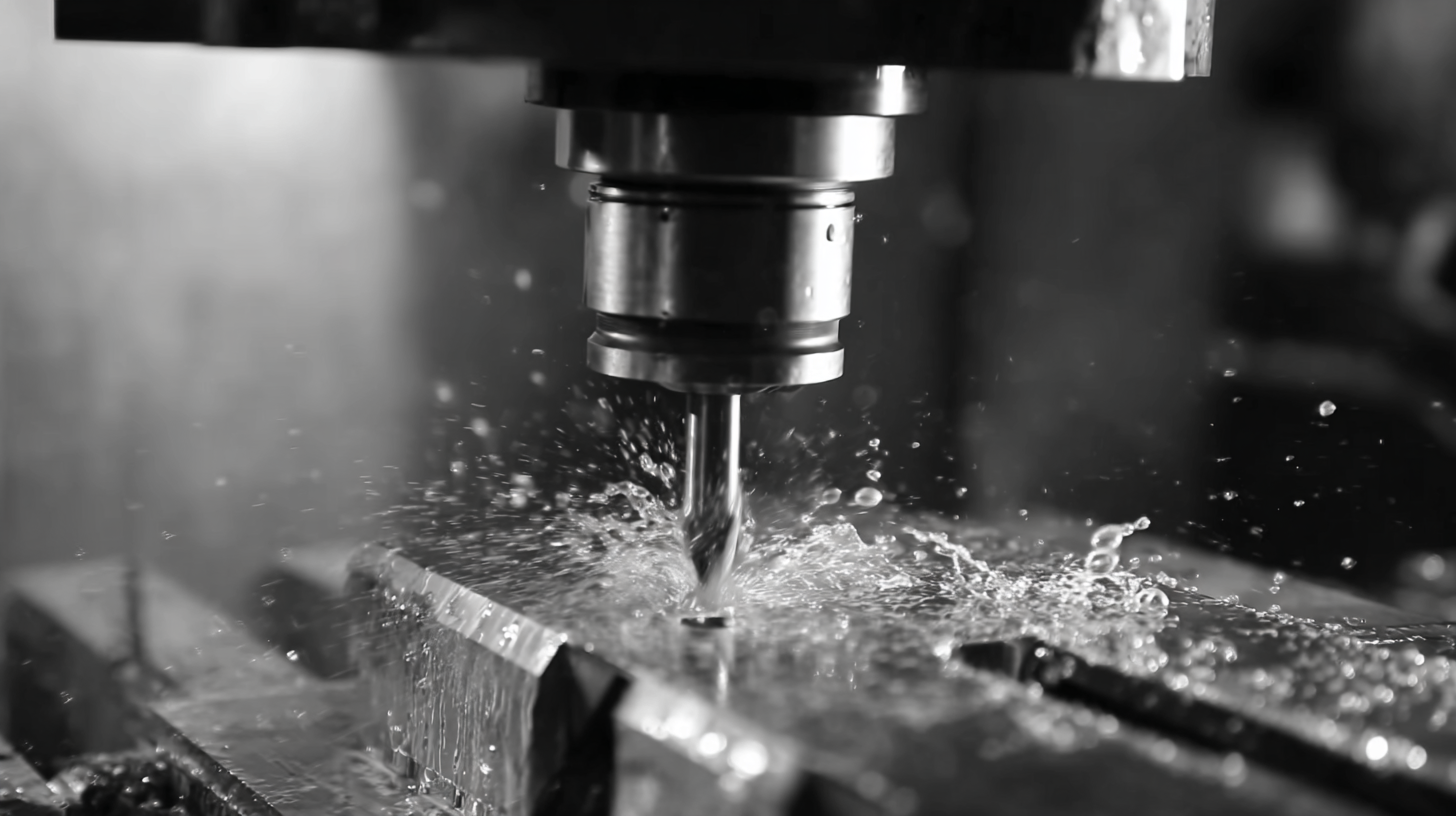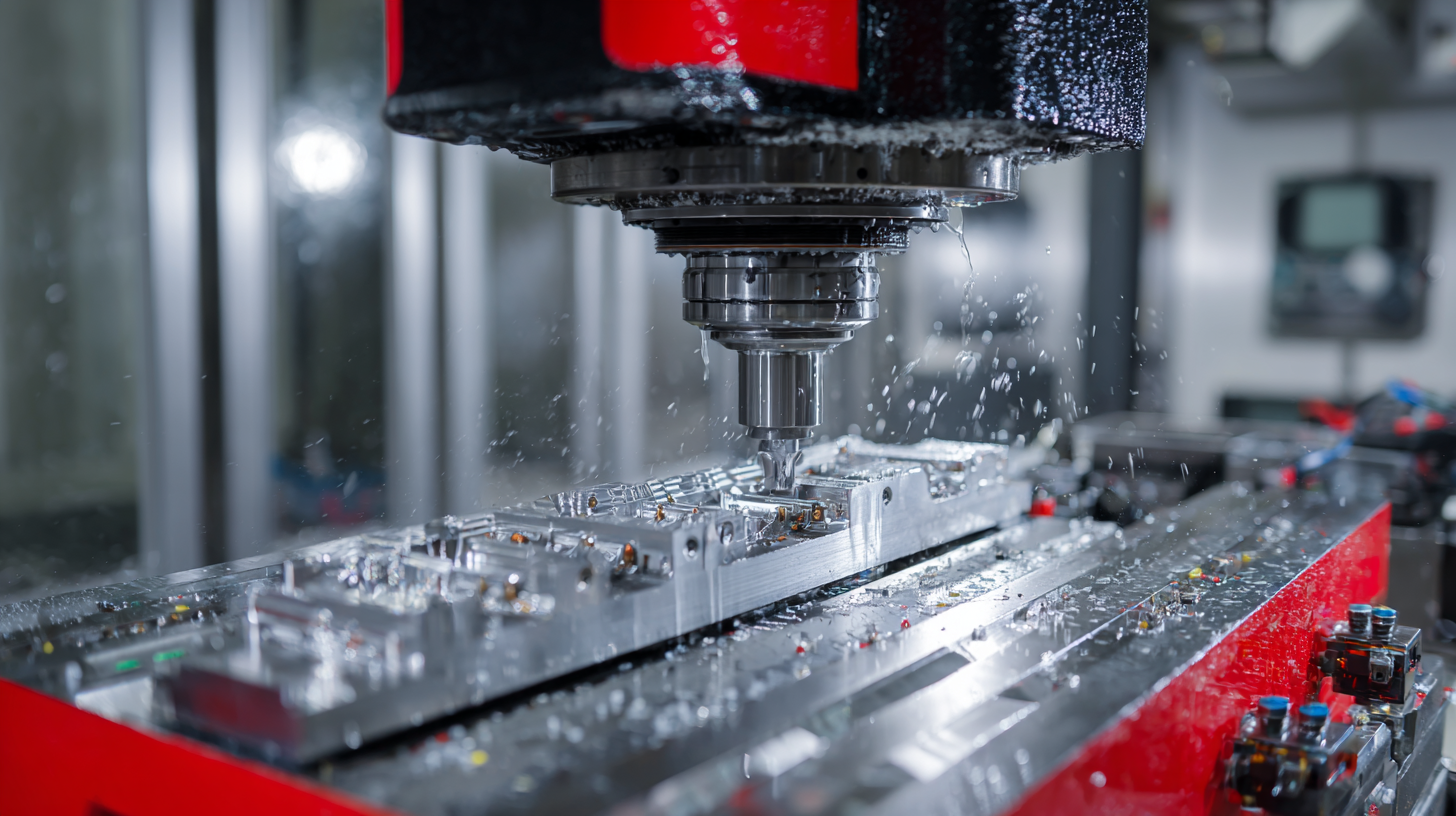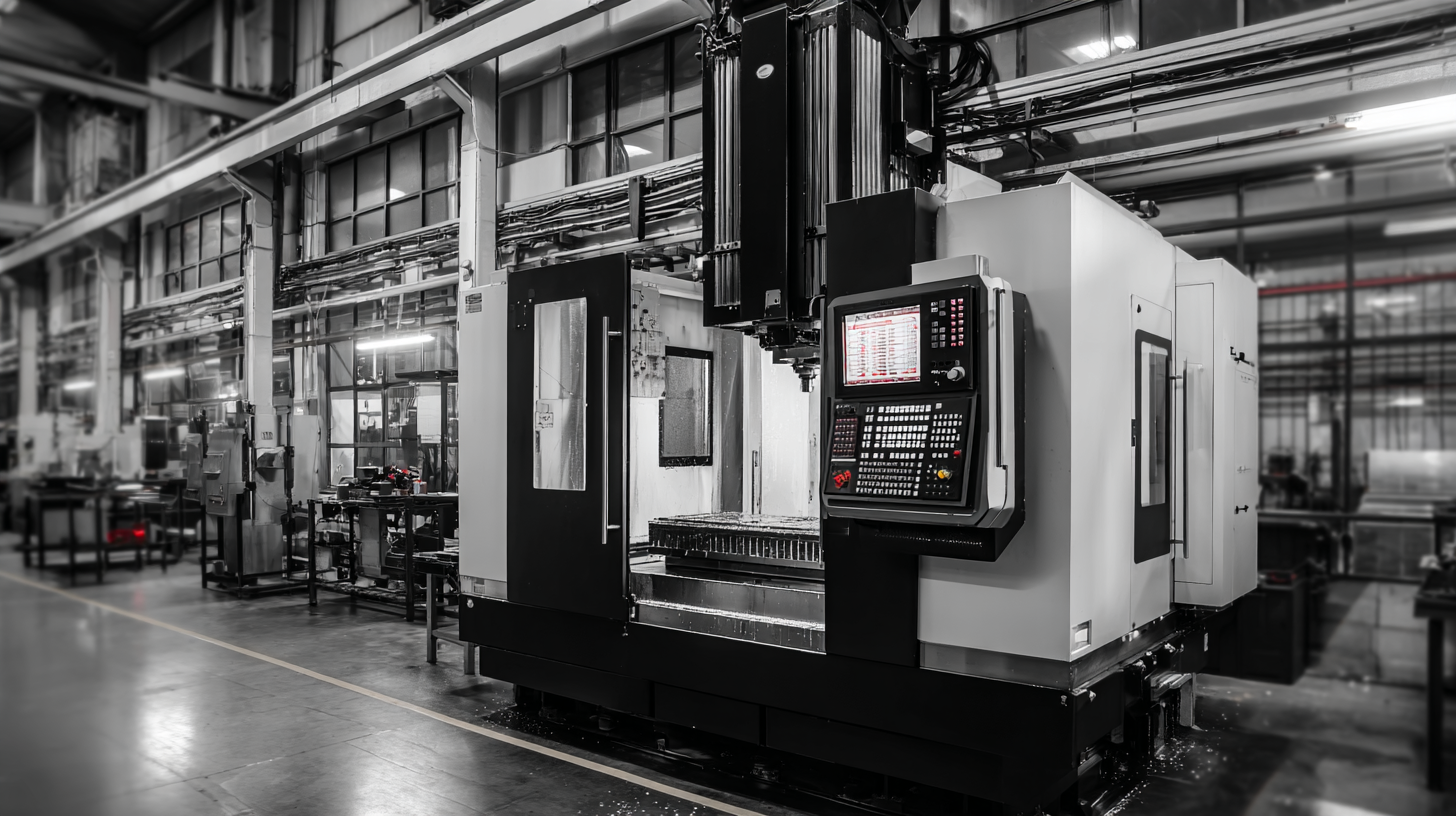How to Identify Top Manufacturers by Comparing Best CNC Milling Machines Quality and Performance
In the rapidly evolving landscape of manufacturing, the significance of selecting top-tier CNC machine milling machines cannot be overstated. According to a report by MarketsandMarkets, the global CNC milling machine market is expected to reach $100 billion by 2025, reflecting a compound annual growth rate (CAGR) of 7.2% from 2020. This growth is driven by the increasing demand for precision engineering and advanced manufacturing technologies across various industries, including aerospace, automotive, and medical devices. As businesses strive for efficiency and quality, understanding the performance and reliability of different milling machines becomes essential. This blog will guide you through the process of identifying leading manufacturers by comparing the quality and performance of the best CNC machine milling machines available, ensuring you make informed decisions that align with current industry dynamics.

Understanding CNC Milling Machines: Key Features and Specifications
CNC milling machines are essential tools in various industries, known for their precision and efficiency. Understanding key features and specifications is crucial for identifying top manufacturers and selecting the best machine for your needs. Key specifications to consider include spindle speed, feed rate, and tooling compatibility. According to a recent market report by Grand View Research, the global CNC machine market is expected to reach $117.9 billion by 2028, driven by advancements in automation and the rise of smart manufacturing.
When comparing CNC milling machines, it's vital to assess their performance metrics. Look for features like high-speed machining capabilities and automatic tool changers, which can significantly enhance productivity. A study from Research and Markets reveals that the adoption of CNC technology has increased productivity by up to 30% in manufacturing settings. Additionally, consider machines that offer advanced software integrations to streamline operations and optimize workflows.
Tips: Always check the manufacturer's reputation and customer reviews for reliability. Furthermore, invest in a machine with robust support services and operational training to maximize your return on investment. Evaluating these aspects will lead to an informed purchase decision, ensuring you choose a CNC milling machine that meets your operational requirements.
Evaluating Performance: Metrics of the Best CNC Milling Machines
When evaluating the performance of CNC milling machines, it’s essential to focus on key metrics that reveal their quality and efficiency. One of the primary performance indicators is precision. A high-quality CNC milling machine should produce parts with minimal deviation from specifications. Look for manufacturers that provide detailed accuracy specifications, including tolerances, which can significantly impact the fit and finish of machined components.
Another critical metric is the machine’s speed and feed rate. Higher spindle speeds and feed rates can lead to increased productivity, but they should not compromise the quality of the finished product. It’s advisable to seek out detailed performance tests and user reviews that compare these metrics across various models. Metrics such as maximum cutting speed and material removal rates should be assessed to understand a machine's capability.
Tips: Always request sample parts from manufacturers to evaluate their machining capabilities firsthand. Additionally, consider the ease of use and programming options available, as these factors can greatly enhance overall operational efficiency and reduce training time for operators. A well-rounded assessment of these performance metrics will lead you to the best CNC milling machine for your production needs.
Comparison of CNC Milling Machines: Quality and Performance Metrics
Comparative Analysis: Leading Manufacturers in CNC Milling Technology
In the rapidly evolving landscape of CNC milling technology, identifying top manufacturers is crucial for businesses seeking precision and efficiency. A comparative analysis of leading manufacturers provides insights into their quality and performance metrics, guiding potential buyers in making informed decisions. The latest industry reports highlight that the top players in the global CNC machine tool market predominantly come from Japan and Germany, showcasing their dominance in technology and innovation.
 Among the manufacturers recognized for their exceptional performance, those that lead the rankings consistently offer advanced features and unparalleled reliability in their machines. As companies navigate the competitive environment, evaluating the specifications and customer feedback of these top brands can reveal a significant understanding of what differentiates high-quality CNC milling machines from average ones. The focus on quality assurance and performance benchmarks across various models is essential for manufacturers aiming to improve their production processes and meet stringent industry standards.
Among the manufacturers recognized for their exceptional performance, those that lead the rankings consistently offer advanced features and unparalleled reliability in their machines. As companies navigate the competitive environment, evaluating the specifications and customer feedback of these top brands can reveal a significant understanding of what differentiates high-quality CNC milling machines from average ones. The focus on quality assurance and performance benchmarks across various models is essential for manufacturers aiming to improve their production processes and meet stringent industry standards.
Industry Standards and Quality Certifications in CNC Milling Machines
When assessing CNC milling machines, industry standards and quality certifications are critical indicators of a manufacturer’s capability and trustworthiness. Obtaining quality certifications such as ISO 9001:2015 and AS9100D signifies a commitment to maintaining rigorous quality management systems. These certifications ensure that manufacturers adhere to consistent quality control processes, which is essential in industries like aerospace and medical devices. For instance, companies that have earned AS9100D certification are recognized for their focus on product reliability and operational efficiency, making them preferred partners in high-stakes sectors.

Additionally, advancements in industrial training initiatives, such as CNC machining programs, highlight the importance of equipping the workforce with contemporary skills to meet manufacturing standards. The recent push by educational institutions to modernize curricula showcases a broader trend towards enhancing quality in production. This foundational training is pivotal, as it directly contributes to the caliber of products being created, aligning with the quality expectations set forth by industry standards. As trade practices evolve, the emphasis on certifications and workforce education will play a vital role in shaping the future of CNC milling and manufacturing excellence.
Emerging Trends in CNC Milling: Innovations and Future Projections
The CNC machining landscape is evolving rapidly, driven by innovations that promise to reshape manufacturing processes. Among the most significant trends is the
growing adoption of 5-axis technology, which enhances precision and flexibility in machining. This advancement allows manufacturers to create complex geometries with greater efficiency, reducing cycle times and improving overall productivity. As businesses strive for superiority in product design and functionality, 5-axis CNC machines have become indispensable in high-precision applications.
Furthermore, the integration of artificial intelligence (AI) into CNC machining is revolutionizing operations. AI technologies facilitate data-driven decision-making and predictive maintenance, thereby minimizing downtime and optimizing performance. The global CNC machine market, projected to reach
$195.59 billion by 2032, indicates a strong trend toward automation and smart manufacturing solutions. As industries embrace these emerging technologies, they not only enhance manufacturing capabilities but also position themselves strategically for future growth amidst increasing demand for customized and high-quality products.